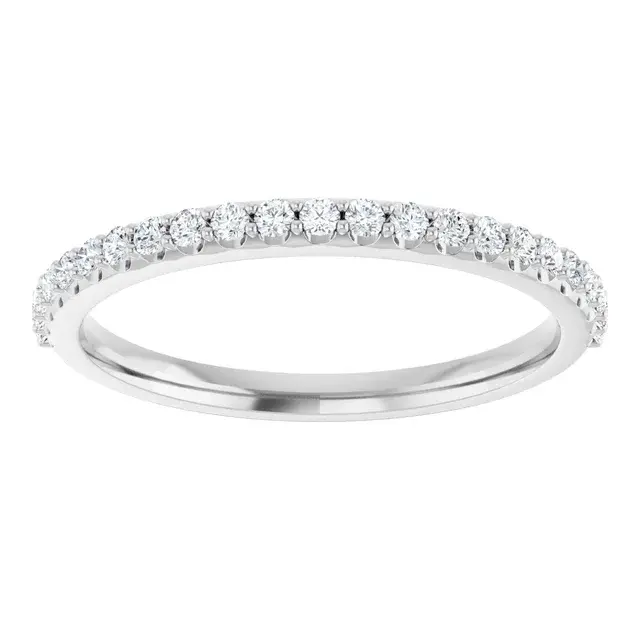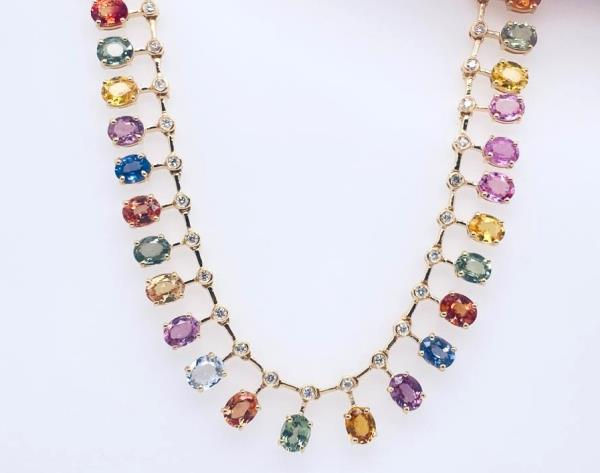As we approach 2025, the world of jewelry and diamond enthusiasts is buzzing with speculation about which diamond cut will dominate the market. While trends can be unpredictable, industry experts and fashion forecasters are pointing towards a surprising contender: the radiant cut.

The Radiant Cut: A Blend of Brilliance
The radiant cut, first developed in the 1970s, combines the elegance of the emerald cut with the brilliance of a round cut. It features trimmed corners and typically has 70 facets, offering exceptional sparkle and fire. Here's why we believe it might become the star of 2025:
Versatility: The radiant cut suits both traditional and modern settings, making it adaptable to various jewelry styles.
Efficiency: It wastes less of the original stone compared to round cuts, potentially making it more affordable and eco-friendly.
Unique Appeal: As consumers seek individuality, the less common radiant cut offers a distinctive look.
Celebrity Influence: With a few high-profile celebrities sporting radiant cut engagement rings, its popularity is likely to surge.
Factors Driving the Trend
Several factors could contribute to the radiant cut's rise:
Sustainability Focus: The efficient use of the diamond aligns with growing environmental concerns.
Social Media Aesthetics: The radiant cut photographs well, making it ideal for Instagram and TikTok showcases.
Vintage Revival: As fashion often cycles, the radiant cut's 1970s origins might appeal to those seeking retro chic.
What This Means for YOU!
If the radiant cut does indeed become 2025's most popular diamond shape, consumers might see:
Increased availability of radiant cut diamonds
More jewelry designs featuring this cut
Potential price fluctuations as demand changes
While predicting trends is never an exact science, the radiant cut's unique blend of brilliance, efficiency, and versatility positions it well for a potential comeback in 2025. Whether you're in the market for a diamond or simply interested in jewelry trends, keep an eye on this captivating cut as we move into the mid-2020s.



































Comments